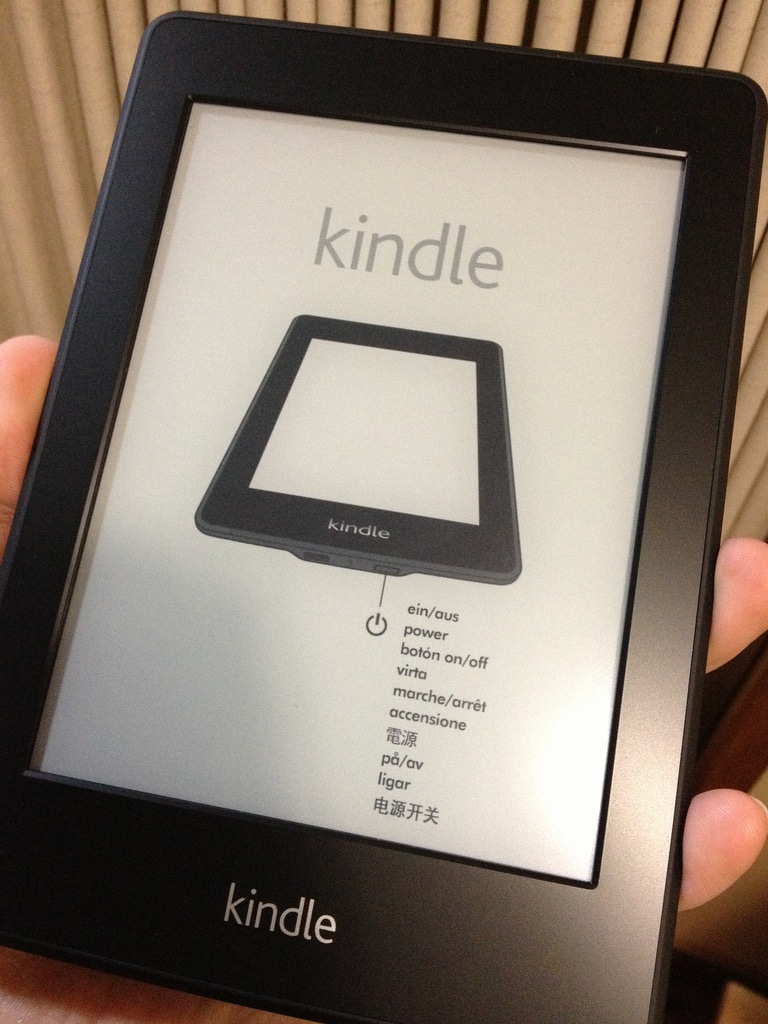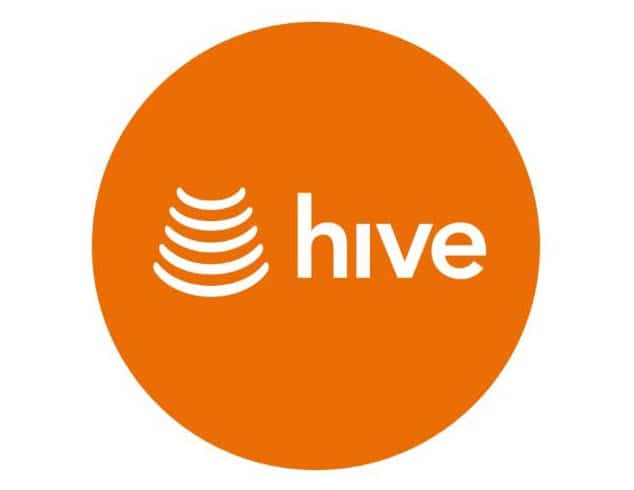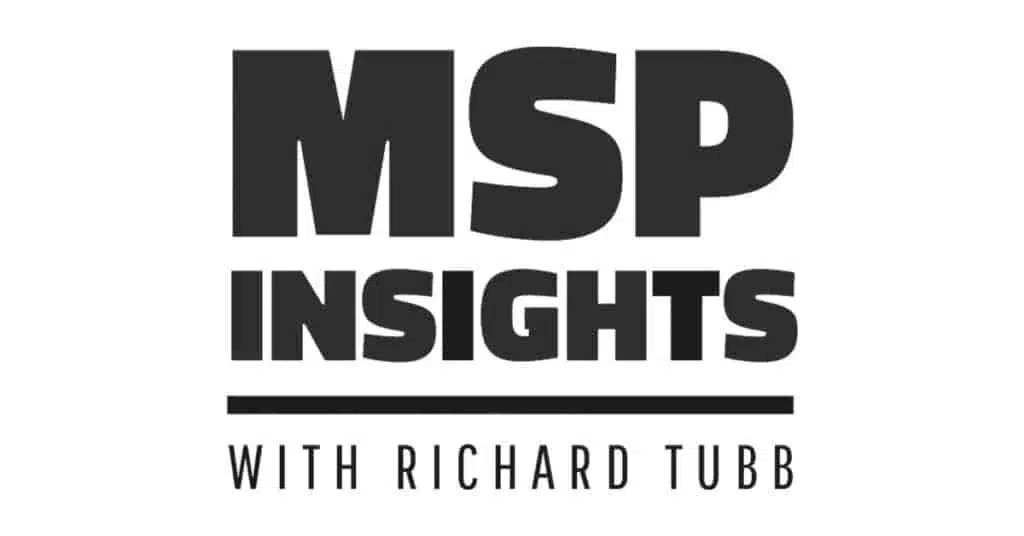Booting from USB Devices is something that I’ve never really investigated fully. The idea of being able to boot from a keydisk that you carry with you is a nice one, but the PC you wish to boot from needs to support this in it’s BIOS and the reality for me is that many of my customers work with hardware that pre-dates USB Bootable supported BIOS’ – so I continue to carry a wallet of CD-ROM’s (and Floppy Disks!) with me on site visits.
Whilst going through the process of installing a new server (a Dell PowerEdge 830 – more to come on that soon…) here in the office, I had the need to update the servers BIOS to the latest version. Historically, that would have meant me reaching for a DOS boot disk – but as the server was new enough to support USB Booting in it’s existing BIOS, I chose to see how the USB Boot Disk process had matured since I last checked it out.
A quick Google shows that there are many well written documents describing how to create Bootable USB Keydisks – nearly all involving using the command line to create a Master Boot Record on the USB device and copying relevant Operating System or Utility files across.
But during my research I stumbled across a neat utility called Flashboot that simplies the whole process with a nice GUI interface (see below).

Once downloaded and installed, I popped a new Crucial 256MB USB Keydisk I had lying around into my Desktop PC, ran Flashboot, chose to create a Bootable Flash disk with minimal set of DOS system files (using the included FreeDOS) and watched as Flashboot did it’s thing for 30 seconds or so. I then ejected the keydisk from my Desktop PC, inserted into the server, made sure USB booting was enabled in the BIOS, rebooted – and voila, minutes later my server BIOS was updated and ready to roll.
The cost of Flashboot (after currency conversion) worked out at just over £12. Now I love resorting to the CLI as much as the next old-school hacker, but this is another one of those times when paying a few quid for a well written bit of software that simplifies what can be a complicated job into a few clicks seems a sensible investment to me!













Comments
5 thoughts on How to create Bootable USB Flash Drives
MATT
16TH APRIL 2007 13:56:54
HP has a free app that I believe does the same thing (http://h18000.www1.hp.com/support/files/serveroptions/us/download/23839.html). I've used it on non-HP flash drives and there are various other sucess stories out there. One word of advice... When using this tool, be sure to note the drive letter of your thumb-drive, you don't want your 500Gb storage drive to suddenly become 1Gb in size.... Do you?!?
MATT
16TH APRIL 2007 14:02:13
Am I missing how to edit a comment? Grrr.... Anyway, I tried installing this on my Vista box to confirm it's the app I thought it was, only to have Vista give it the big thumbs down. If you have a box this'll run on, feel free to try it before opening those purse strings.
RICHARD
16TH APRIL 2007 19:02:20
I tried the HP Utility - but it's over 50mb in size and only does some of the bits that Flashboot does. I've not tested the software under Vista yet - but it seems well supported. At £12 and in a commercial environment such as IT Support or Consultancy where time is money, there's very little argument against buying it (and other such nice little apps) IMO.
MATT
16TH APRIL 2007 20:21:06
You and your mighty and powerful pound sterling! $26 for me here. At $10 or even $15 it'd be something to thrown in the ol' toolbox, even if it didn't get much use, but at almost $30 its usefullness would have to increase in line, which I don't see the need. I'll play with a command line for a few minutes at that point. Neat app though, I'm not saying it isn't...
RICHARD
2ND MAY 2007 07:44:34
Yup - the weak dollar against the pound makes now an ideal time to invest in dollar-priced software! Unless you're shopping in the UK at Adobe or Symantec - then you can expect the 1 Dollar = 1 Pound standard - whatever the exchange rate! :-(